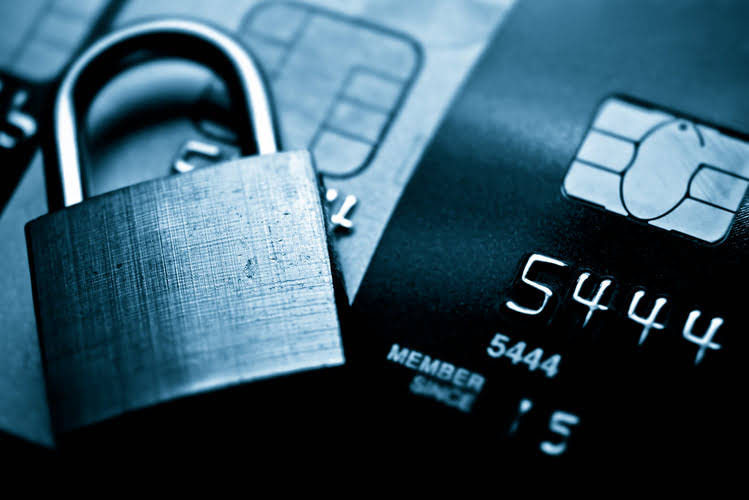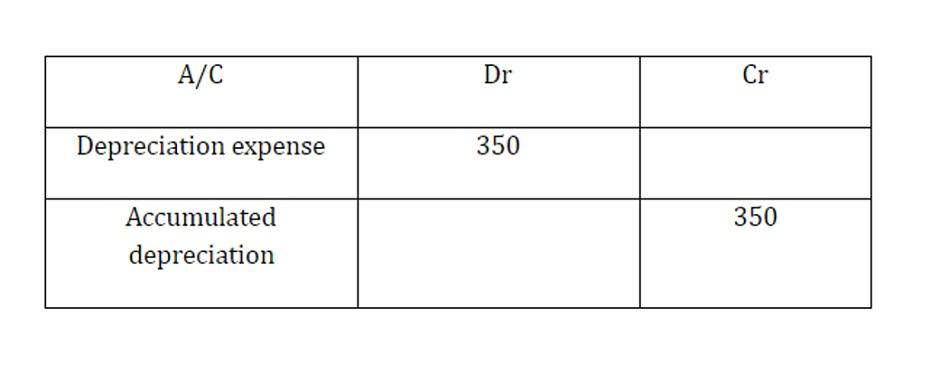
However, land improvements, including driveways, temporary landscaping, parking lots, fences, lighting systems, and sprinkler systems, are attachments to the land. Owners record depreciable land improvements in a separate account called Land Improvements. They record the cost of permanent https://www.bookstime.com/ landscaping, including leveling and grading, in the Land account.
- The quick ratio evaluates a company’s capacity to pay its short-term debt obligations through its most liquid or easily convertible assets.
- The cost of the machine is USD100,000, and it is expected to stay useful for five years with a residual value of USD10,000.
- In the balance sheet of the business entity, these assets are recorded under the head of non-current assets as Plant, property, and equipment.
- It represents a company’s ability to pay its short-term obligations.
- Let us try to understand the depreciation and plant asset disposal methods.
Which of these is most important for your financial advisor to have?
Their cost will be depreciated on the financial statements over their useful lives. The line buildings and improvements reports the cost of the buildings and improvements but not the cost of the land on which they were constructed. For financial statement purposes, the cost of buildings and improvements will be depreciated over their useful lives. Plant assets (other than land) are depreciated over their useful lives and each year’s depreciation is credited to a contra asset account Accumulated Depreciation. Let’s turn our attention to some examples of current assets to help you gain a clearer picture of their role and function.

Create a Free Account and Ask Any Financial Question

This category of assets is not limited to factory equipment, machinery, and buildings https://www.facebook.com/BooksTimeInc/ though. Anything that can be used productively to general sales for the company can fall into this category. Property, plants, buildings, facilities, equipment, and other illiquid investments are all examples of non-current assets because they can take a significant amount of time to sell. Non-current assets are also valued at their purchase price because they are held for longer times and depreciate.
Current Assets vs. Fixed Assets: What’s the Difference?
Compared to Exxon’s total assets of over $354 billion for the period, PP&E made up the vast majority of total assets. Some of the company’s fixed assets include oil rigs and drilling equipment. The PP&E account is remeasured every reporting period, and, after accounting for historical cost and depreciation, is defined as book value. To calculate PP&E, add the gross property, plant, and equipment, listed on the balance sheet, to capital expenditures. Companies commonly list their net PP&E on their balance sheet when reporting financial results.
- Marketable securities include assets such as stocks, Treasuries, commercial paper, exchange-traded funds (ETFs), and other money market instruments.
- Should all of its current liabilities suddenly become due, the value of its current assets would not be enough to cover the needed payments.
- Current assets are assets that can be converted into cash within one fiscal year or one operating cycle.
- This short-term liquidity is vital—if Apple were to experience issues paying its short-term obligations, it could liquidate these assets to help cover these debts.
- Depreciation expense — calculated in several different ways — is then carried through to the income statement and reduces net income.
- This section is important for investors because it shows the company’s short-term liquidity.
- PP&E assets help generate economic benefits and contribute to revenue.
The only exception is land, which does not have a limited useful life, so cannot be depreciated. A financial professional will offer guidance based on the information provided and offer a no-obligation call to better understand your situation. Someone on our team will connect you with a financial professional in our network holding the correct designation and expertise.
Ask Any Financial Question
Current assets are those assets that can be converted into cash within one year. Fixed or noncurrent assets, on the other hand, are those assets that are not expected to be converted into cash within one year. However, the most notable difference is that noncurrent assets are not expected to be converted into cash within one year. When the current ratio is less than 1, the company has more liabilities than assets. Should all of its current liabilities suddenly become due, the value of its current assets would not be enough to cover the needed payments.

In business, the term fixed asset applies to items that the company does not expect to consumed or sell within the accounting period. These are not resources used up during production, are plant assets current assets such as sheet metal or commodities the business would typically sell for income during that reporting year. It provides an overview of the company’s assets, liabilities, and equity.
In the initial years of the asset, the amount of depreciation expense is higher and decreases as time passes. Every business concern or organization needs resources to operate the business functions. The resources are sometimes owned by the company and sometimes borrowed by external parties. On the other hand, the borrowed money is the liability or obligation for the business entity. The amount of a long-term asset’s cost that has been allocated to Depreciation Expense since the time that the asset was acquired.

